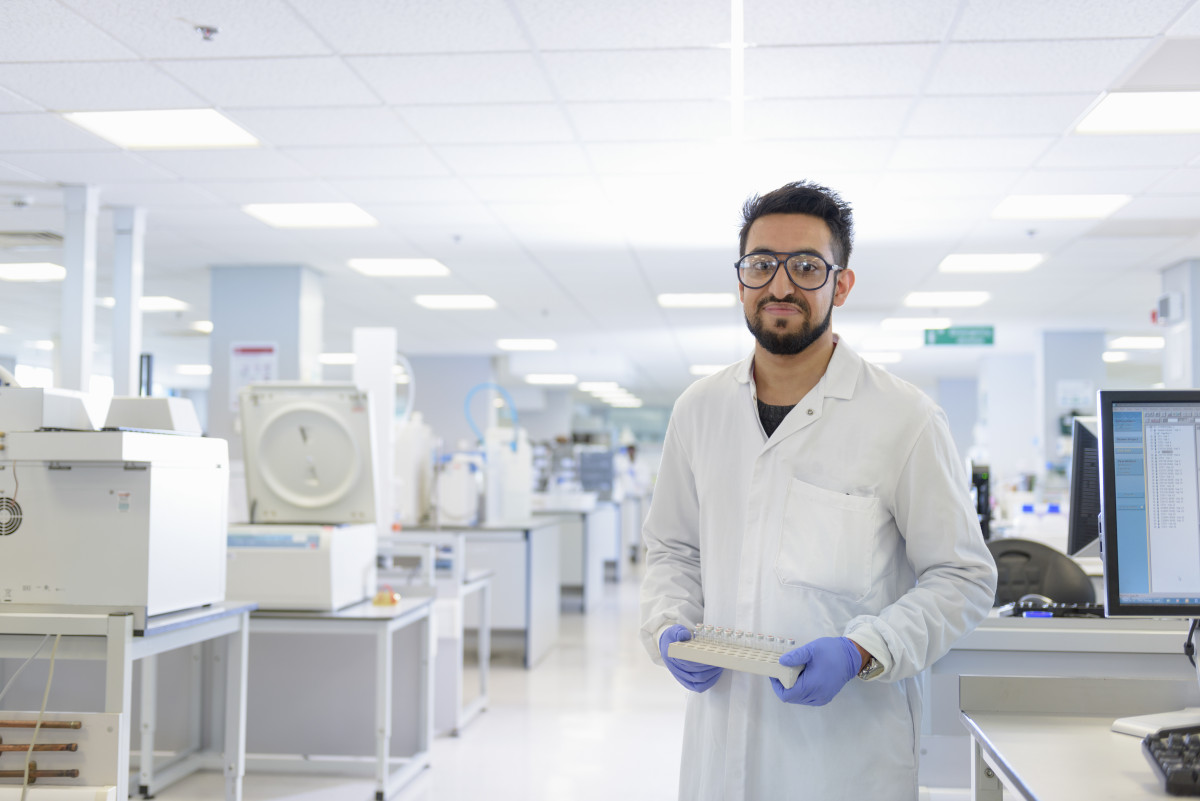All human beings require clean air to carry out their functions, including work. But this can become difficult in an industrial environment with air highly charged with dust and gases. Over time these substances can aggravate the health of employees. It is in this instance that air sampling is a necessary process to identify these substances. Also, to measure their hazardousness and their effects on the workers who breathe them.
What Is Air Sampling?
Air sampling refers to a process applied to detect the presence of contaminants such as gases, vapors, dust, or fibers that may be present in a specific environment. For this purpose, an air sampler is used, which can come in different presentations depending on the specific needs of this process. Besides, air sampling can be used as part of the radiation monitoring system to measure the levels of radioactivity present in the air inside nuclear facilities.
Why Is Air Sampling Important?
In the air we breathe there are particles that can be harmful to our health if we inhale them. That is why it is necessary to sample the air to identify them and determine their concentration level in both open and enclosed spaces. Any industry whose operations generate pollutants that may remain suspended in the air should perform air sampling. That way it can be determined whether the air in its workplaces is apt to be breathable by the people who perform their functions there. Once the air sampling has been carried out, the data generated in this process is analyzed by the personnel in charge of the company. If high levels of any harmful substance are found, the company must apply the corresponding protocols to purify the air in its work spaces.
What Factors Are Taken Into Account When Sampling The Air?
The following criteria are taken into account in this process.
Type of Pollutant
Through the sampling equipment, companies can know which pollutants are found in the air of their facilities, as well as their toxicity level.
Concentration Level
The concentration level allows companies to know the amount of pollutants accumulated in their different sectors’ air. Thus, they can determine if their spaces are suitable for the people working there.
Types of Air Sampling
To find pollutants in the air this process can be carried out in two ways:
Static Air Sampling
This type of sampling is used to take samples of ambient air, using large devices with high flow rates. In a short time, a large volume of air is sampled, making this type of sampling very useful for finding pollutant sources in the air.
Personal Air Sampling
Unlike the previous one, personal air sampling collects samples of the air with which a person interacts. To do this, the person must wear a portable sampling equipment, specifically at several centimeters from the face, and use it while performing their workday. This allows the analysis team to collect a representative sample of the particles with which the worker interacts to find pollutants that may be hazardous.
We hope this information has been useful, and you can get an idea of how important air sampling is to monitor air quality within your company and ensure your employees have safe working spaces for their lungs.















